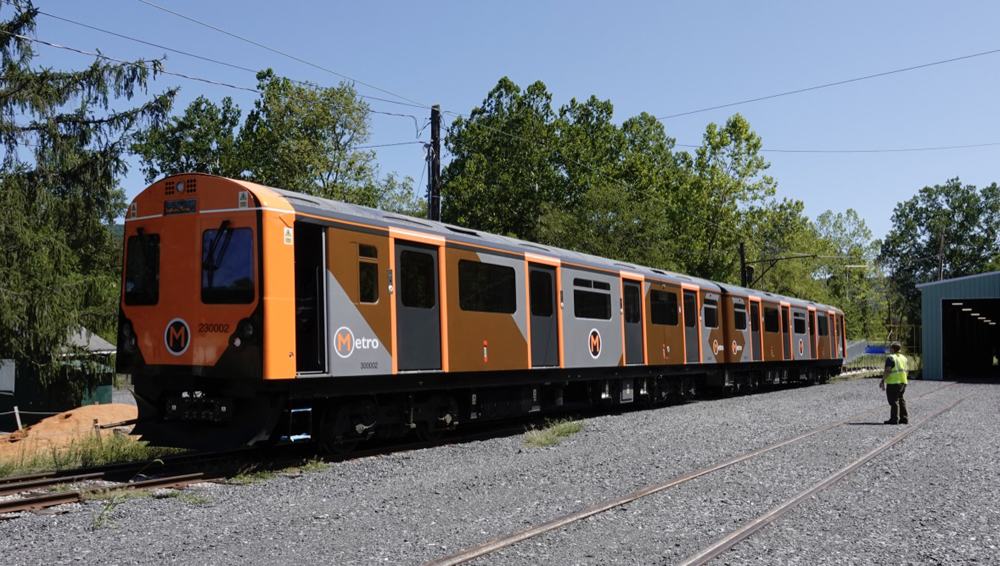
ROCKHILL, Pa. — Rail entrepreneur Henry Posner wants to make passenger service more affordable and more available. He calls it Pop Up Metro, and to do it, he’s betting on batteries, remanufactured British multiple unit cars, and a bold business model to reduce the risk to potential rail operators.
If it were anyone but Posner, this project might be seen as a crackpot idea with little chance of success. But Posner is the co-founder of Railroad Development Corporation (RDC), which owns Iowa Interstate Railroad along with operations in England, France, Germany, Belgium, and Peru.
A German subsidiary, RDC Deutschland, this year won a contract to operate five routes in north Germany that will use new Stadler battery-electric trainsets [see “Railroad Development Corp. wins contract to operate battery regional trains in Germany,” Trains News Wire, Feb. 16, 2021].
Posner spent three years developing the concept for Pop Up Metro, an affiliate of RDC. “We felt that it was the right time,” he says. “One, because of the evolution of battery technology, and two, we felt that there would be an increased focus on the environment.”
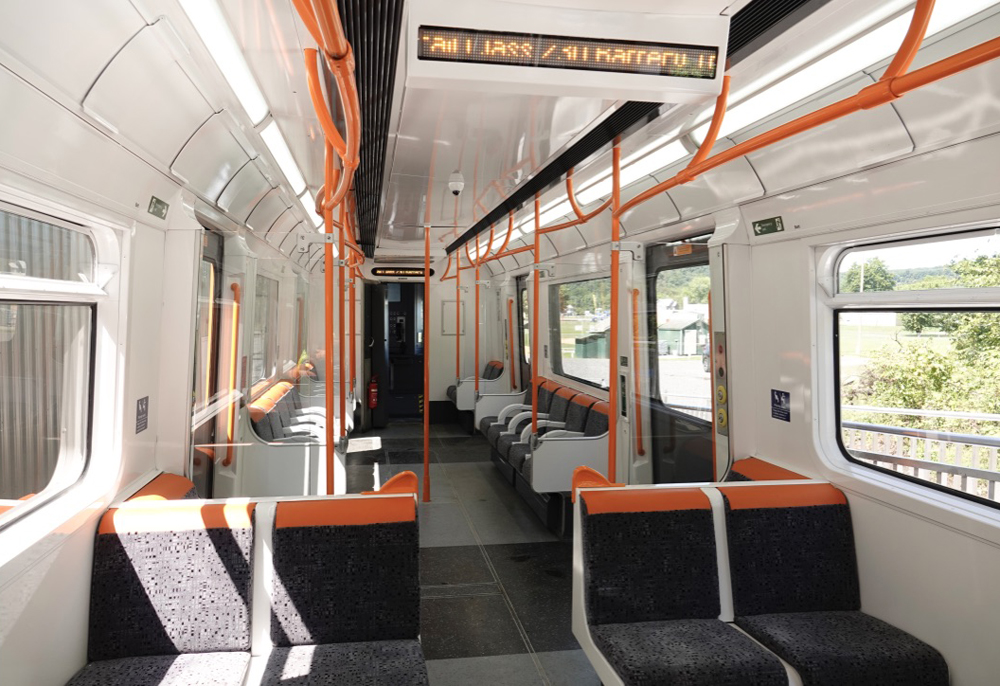
Trains News Wire met Posner in Rockhill, Pa., where Pop Up Metro has leased trackage rights on the Rockhill Trolley Museum’s 1.8-mile line. In April, two remanufactured Vivarail 230 multiple unit power cars arrived from Britain.
These 60-foot rail cars, each weighing 36 tons, were converted to run on Lithium Iron Magnesium Phosphate (LiFeMgPO4) batteries. These batteries have a longer life cycle than lithium-ion batteries and are considered safer. Two battery rafts, each containing 60 cells, can run the train up to 60 miles on a full charge, depending on speed and grades. For now, the train is restricted to 15 mph on the Rockhill line, which Posner says will be upgraded to 40 mph.
Coasting and braking regenerates energy to charge the batteries, much like an electric or hybrid automobile. With a lineside fast charger at a station or rail yard, the batteries can be fully recharged in as little as 10 minutes. The traction motors are rated at 350 bhp.
Meg Richards, project manager for Pop Up Metro, was at the throttle for the demonstration ride. She has a computer science degree from Carnegie Mellon University, where she met Posner. He asked her for help with an electronics standard common to automobiles that he wanted to apply to the Vivarail train. “I found that if you just say yes to Henry, something interesting happens,” she says.
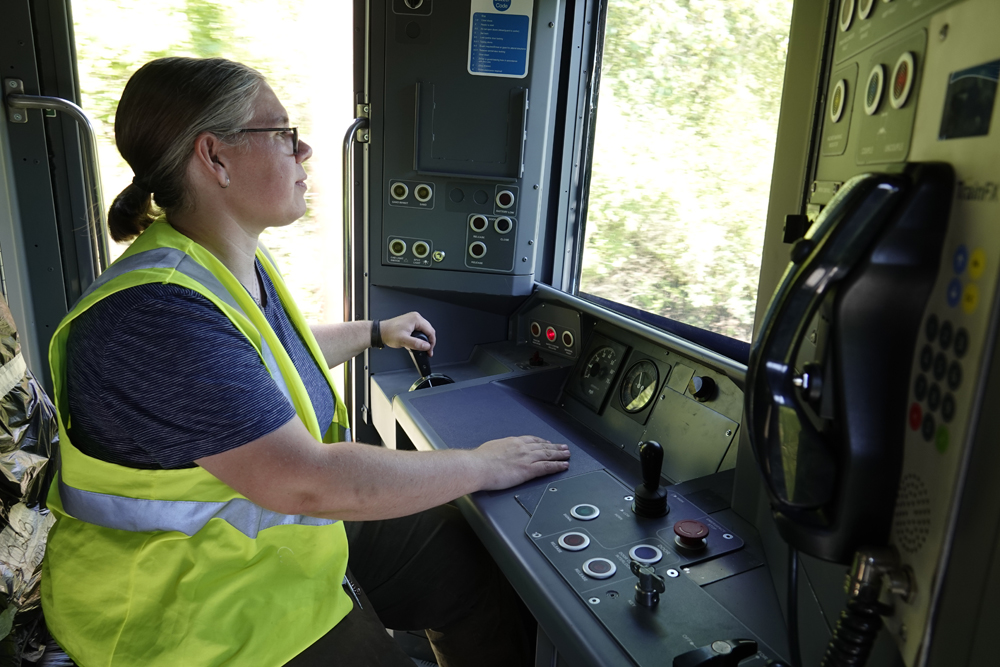
She learned to operate the two-car train, which requires a deft hand on the desktop single-lever throttle/brake controller, while keeping a foot pedal depressed at all times. Releasing pressure on the foot pedal activates the driver alert system (DRA).
Posner is awaiting two additional railcars, which will be trailer units. They will be coupled to each of the power cars to create two trainsets. The railcars can be transported by truck, which is the essence of Pop Up Metro’s business plan.
The business model is to lease a complete package. “Pop Up Metro is the train, the platform, the temporal separation operating rules, and various other elements of support that will make it easier to get people from maybe to yes in terms of there being a demonstration operation,” says Posner.
The Pittsburgh entrepreneur sees a variety of opportunities for low-cost passenger operations. A lightly-used branch line or short line railroad could co-exist with transit by running freight at night and passenger service during the day, a concept he calls temporal separation. Smaller communities and transit agencies, or larger agencies looking to extend service to less-populated areas, are candidates for Pop Up Metro.
Posner also expects interest from the private sector. Trains spoke to a commercial real estate developer in Maine who is excited about the concept as a way to stimulate transit-oriented development in some of the state’s smaller cities.
“We think this fulfills an important role in the transit sector,” says Posner, and large transit agencies in the U.S. appear to agree that battery powered trains have a future.
The Long Island Rail Road announced plans to test a two-car battery-electric train on its 13-mile Oyster Bay Branch [see “Long Island Rail Road announces plan to test battery-electric equipment,” News Wire, April 20, 2021]. The train would switch from third rail power to battery power beyond electrified territory.
NJ Transit has also shown interest in battery-powered trains [see “NJ Transit awaits funding for plans to test battery-electric commuter equipment,” News Wire, May 11, 2021] for its North Jersey Coast Line.
A passenger rail advocate from New Jersey, attending the demonstration in Pennsylvania, suggested NJ Transit’s 2.7-mile Princeton Branch as a “perfect demonstration line for his technology.”
“The most valuable is the design of the trains and the proof that the design works and works well in a North American environment,” Posner says. “And that’s what our demonstration operation is proving.”
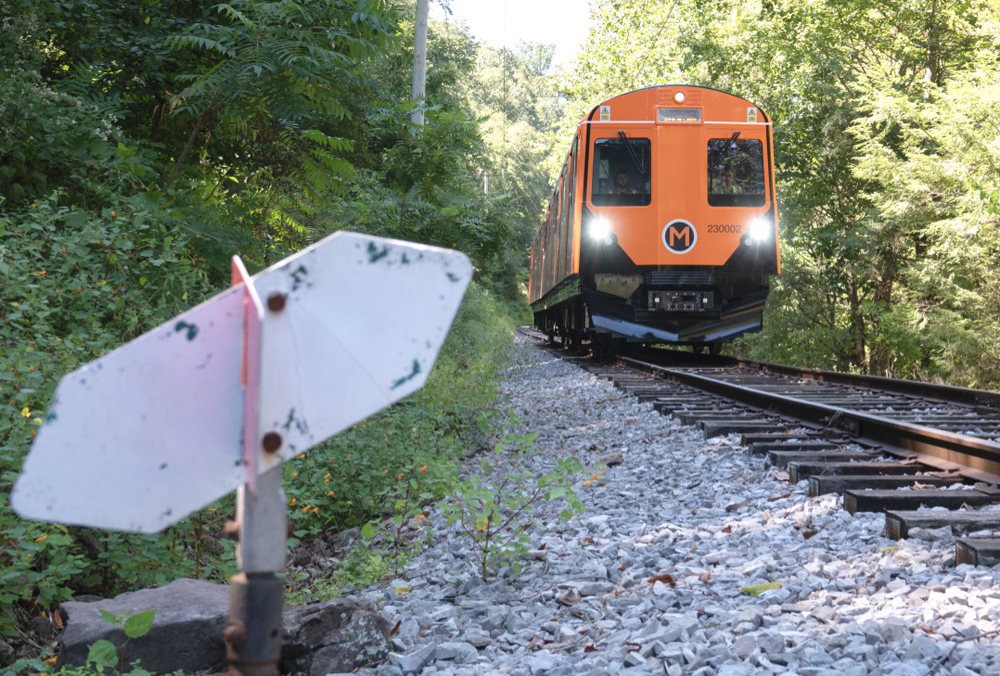






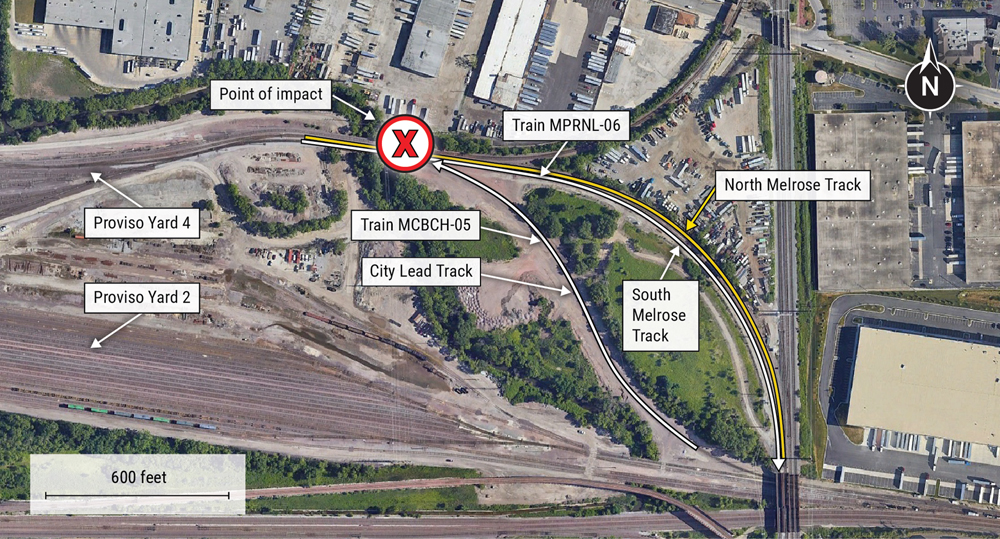







And while these Vivarail converted trains are good, the real gamechanger for rural, regional and lower volume commuter/metro rail are the Stadtler FLIRT trains (class 745/755 in the UK deployed in various configs in East Anglia and soon. In Wales, and bigger European loading guage units).
FLIRT Leverages streetcar/tram design/construction (but not in a tram train format), flexible mid train power car unit for DMU, EMU, hybrid and soon battery EMU hybrid, 3/4 car consists in DMU form (speeds up to 100mph), up to 12 car for regional express 100mph format .
Better suited to permanent setups not popup.
And there are already Americanized diesel FLRTs in Dallas.
The issue in the US is that no municipality is going to invest diesel railway equipment that might never make back the investment before the federal government inevitably starts cutting subsidies for non-electric transit. This concept is smart because relatively few transit authorities have come to terms with the incoming de-dieselification apocalypse
These are based on London Underground “D” stock, subsurface (district and metropolitan lines), replaced a few years ago by walk through S stock from Siemens (which is now London standard on subsurface TfL “underground” lines and most of TfL overground branded metro service.
The rebuilds by Vivarail are UK Equality act compliant for accessibility as long as the platform is right height.
3rd rail version about to go live on Island Line (Isle of Wight, UK), replacing 1938 vintage underground units (very past end of life!)
Battery version has been tested on a UK heritage railway, suitable for modest distance shuttle services with overnight charging.
Diesel version also available.
I expect a battery /3rd rail hybrid is in the works, to support “splash and dash” charging at stations during the day to extend range.
Geoff Marshall and other YouTubers have done several videos.
Is this the way forward for extending the Fitchburg line to North Adams, Massachusetts? It’s more like 80 miles but a stop in Greenfield to recharge might make it possible.
Distance and grades make that a non-starter. This is more suited to shorter runs where infrastructure investment needs to be kept to a minimum. Princeton-PJ is a good example. Maybe some of the ConnDOT shuttle services.
Neat idea and I like that cost is being considered an issue, best of luck to this group.
Most large businesses are still working remotely & the future will be a more hybrid work environment. In my area the carpool & EZ pass lanes are open to all because of low rush hr traffic volumes. Transit reflects the same but certainly is not doomed! The “Boomers” carcentric lifestyle is fading as fast a they are, the X & Y generation & beyond will not see the same “freedom” of the auto as they. It will be viewed more as a burden as they will have other priorities & less favorable financial security. Also, these generations are use to being chauffeured by their parents thus the popularity of Lyft & Uber AND public transit.
What a dumb-ass place to hold the demo. Lots of public transportation, good hotels and restaurants for visiting big-wigs right around the corner, right? Why not on Pittsburgh’s Patco, or NJT’s RiverLine, etc.?
These are non-compliant vehicles and would not be allowed on an active rail or transit line without going through a waiver process. That option is still open in the future. Demonstrating on a trolley museum’s trackage that is not connected to the national network saves a lot of regulatory headaches.
This will be interesting especially if they can incorporate a solar charging station. Good concept but will there be enough interest? I can see it being used for special events to move people from remote lots and back. Time will tell and then we can all debate what they did wrong.
Yes, it is a crackpot idea. Batteries don’t power anything, they store power.
None of the problems in rail transit – increasing costs and decreasing passenger counts – are lessened by still more despoiling of the earth through mining and processing more lithium.